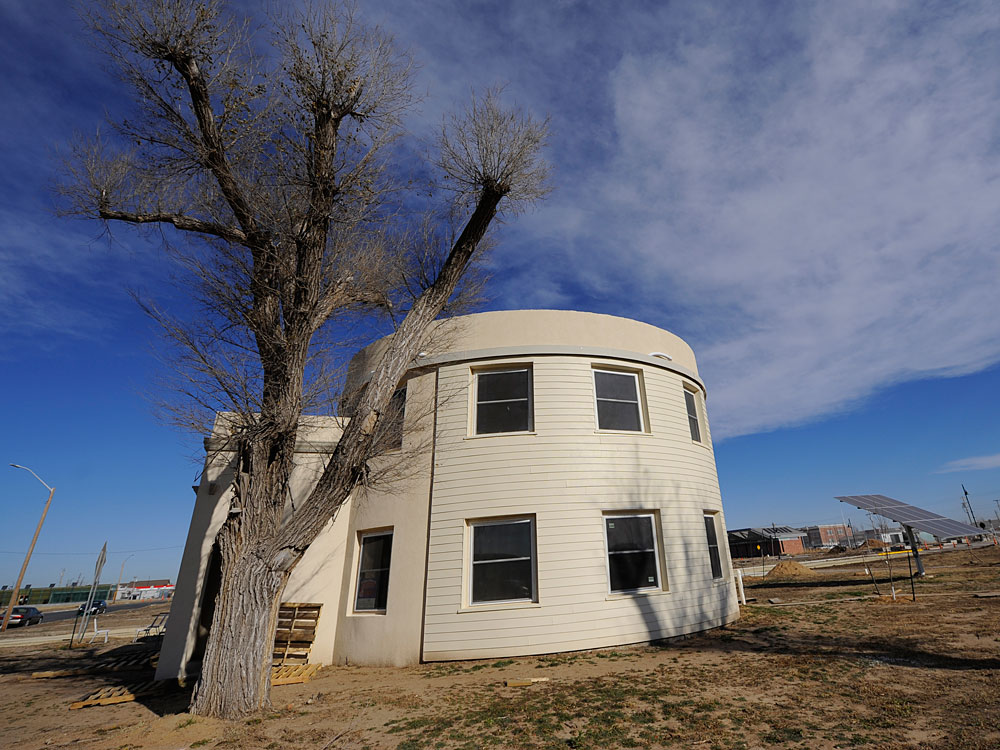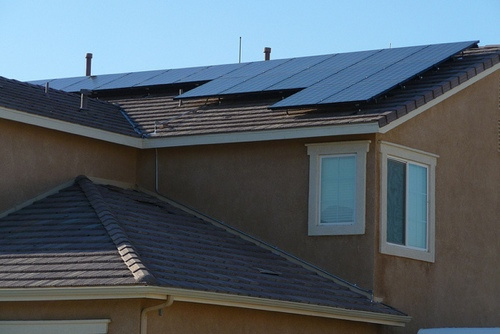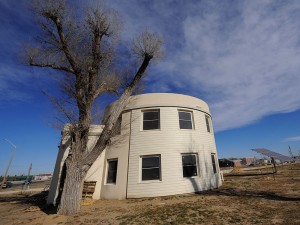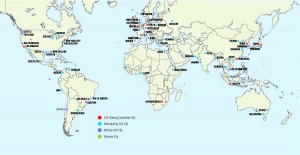As a Canadian I live in a country that has abundant resources, lots of freshwater, lots of energy, lots of food, a reasonable but aging infrastructure, and government and political leadership that is generally out to lunch when it comes to understanding the global issue of climate change. But there are places on the planet where leadership gets it and today I would like to share with you two stories that illustrate this.
Lancaster, California
A small city in California, called Lancaster, is led by Rex Parris, a Republican mayor who has done his own research on climate change by paying his own way to conferences on the subject. His conclusion is that the threat is very real and that “it’s science, not a political issue.” And that means action for the 157,000 citizens who Parris leads.
So what has he done for the people of his city? He has set a goal for Lancaster to become the first city in the United States to be 100% powered by renewable energy. He sees this as a matter of public health and safety because from his perspective although some in America don’t get it, much of the rest of the world does and if nothing is done, “something horrible is coming.”
The city of Lancaster is a perfect place to implement renewable solar energy and today it is the solar leader in California producing 177 watts per capita in solar production. That’s almost three times the amount per capita that San Jose produces, and more than five times the amount of sunny San Diego. Achieving this involved bringing city building and planning on board with a goal to fix climate change from the bottom up, that is, by waiving fees for building permits for zero-energy homes. Today Lancaster requires builders of new single-family dwellings to install at least 1 Kilowatt of solar capacity for every home constructed. Not every home has to have a solar panel on the roof. Lancaster allows for equivalence such as building community solar parks to feed several family homes. Permits for solar array installation are fast tracked through municipal processes and fees are kept low.
And now Lancaster’s mayor wants to spread the gospel to other cities so that collectively the climate challenge can be met at the local government level because clearly getting a top down buy in in today’s Washington is next to impossible.
Greensburg, Kansas
A town in Kansas that was leveled in 2007 by a tornado, is going green. Led by its mayor, Bob Dixson, the 775 people of Greensburg have been rebuilding with a view to the next 50 to 100 years. All reconstruction is LEED-certified and the town has through a public-private partnership built a 12.5 Megawatt community wind farm. Greensburg doesn’t use all the power it generates and gladly shares it with neighbouring towns. Even geothermal energy is being tapped for the new country courthouse which recently received LEED Gold certification.
Dixson like Parris believes that the only way to tackle climate change and a sustainable future is from the bottom up. He states, “Do not let sub-optimal people cloud your vision for a brighter tomorrow.” Both see addressing global warming and climate change as a moral and public safety issue. For them business as usual is not an answer. There is only so much time before human behaviour seriously alters the future and these mayors more than get it. They are doing something about it and they have the backing of their municipalities.
What About the Rest of Us?
Where else in the world are we seeing climate change policy initiatives similar to what is happening in Lancaster and Greensburg? Since some national governments like the ones here in North America are largely abdicating their responsibility to address climate change it seems appropriate to look at local initiatives, largely urban-based, to address the present and future. According to C40Cities.org that’s what almost 50% of cities are trying to do because of not just atmospheric warming but also rising sea levels and more violent weather events. C40Cities members can be seen on the map below. To see if your city is a member enlarge the map by right-clicking on it.
Sandy’s destructive impact on the Jersey Shore and New York City is just one example of the growing threat to cities globally. Over 90% of our cities today are located at or near coastlines and since more of us are living in urban rather than rural areas they are our first line of defense.
On the C40Cities site you can read about initiatives being taken by urban centres around the globe. You’ll recognize the names: New York, Seoul, Berlin, Bogota, and Melbourne.
No doubt, cities can deliver bottoms up solutions to climate change better than any other level of government. And right now with Kyoto in tatters, and follow up at Copenhagen and Rio leading us nowhere, the initiative to alter the future positively may come from the vision and leadership of a local mayor like Rex Parris and Bob Dixxson. Here in Toronto, unfortunately, we are not led by such a visionary.




















[…] https://www.21stcentech.com/society-politics-part-4-change/ […]